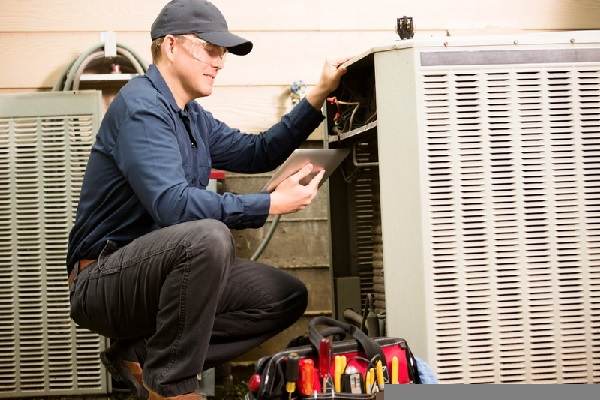Heating systems are essential for keeping homes warm and comfortable during the winter months. However, heaters can break down over time, and repairs can be costly.
This is why some homeowners perform amateur heater repair instead of hiring a professional. In this article, we will provide some tips and tricks for fixing common issues with heating systems.
Understanding Your Heating System
Before attempting any repairs, it’s essential to understand the type of heating system you have and how it works. Heating systems can be categorized as gas, electric, or oil-powered. Each system has its unique features and components, but they all work to achieve the same goal: to produce heat.
The basic components of a heating system include the heat source (furnace or boiler), thermostat, ductwork, and vents. Understanding how your heating system works and its components can help you identify the source of any issues.
Common Heater Issues

Heating systems can experience various problems over time. Some common issues include no heat or inadequate heat, strange noises, blower fan not working, thermostat malfunction, pilot light won’t stay lit, furnace turning on and off frequently, airflow problems, and furnace not turning on. Identifying the problem is the first step in fixing it.
Read Also: Best Garage Heater for 2022 | When Winter Comes
Troubleshooting and Repair Tips
Once you have identified the problem, there are several troubleshooting and repair tips you can use to fix it:
Check the Thermostat
If you’re experiencing no heat or inadequate heat, the thermostat may be the culprit. Check that it’s set to the desired temperature and is functioning correctly. You can also try replacing the batteries or upgrading to a programmable thermostat.
Inspect the Air Filter
A dirty air filter can cause airflow problems, leading to issues with your heating system. Check and replace your air filter regularly to ensure that your heating system is functioning correctly.
Check the Circuit Breaker
If your heating system isn’t turning on at all, it may be due to a tripped circuit breaker. Check the circuit breaker box and ensure that the breaker connected to your heating system is switched on.
Inspect the Pilot Light
If you have a gas-powered heating system and the pilot light won’t stay lit, it could be due to a dirty or faulty thermocouple. Inspect and clean the pilot light, or replace the thermocouple if necessary.
Clean the Furnace
Dirt and debris can accumulate in your furnace over time, causing issues with the blower fan and airflow. Clean your furnace regularly to ensure that it’s functioning correctly.
Inspect the Ductwork
Airflow problems can also be caused by blockages or leaks in your ductwork. Inspect and clean your ductwork to ensure that it’s free of any obstructions or damage.
Check the Gas Supply
If you have a gas-powered heating system and it’s not turning on, check that the gas supply is turned on and that there are no leaks or issues with the gas line.
Check the Ignition System
If your heating system uses an electronic ignition system, check that it’s functioning correctly. You can do this by inspecting the igniter, flame sensor, and control board for any damage or issues.
Tools and Equipment Needed
Performing amateur heater repair requires the use of certain tools and equipment to ensure safety and success. Some essential tools include safety gear such as gloves and goggles, screwdrivers, pliers, wrenches, a multimeter, a vacuum cleaner, and replacement parts.
When to Call a Professional
While amateur heater repair can save you money, there are some instances where it’s best to call a professional. Safety concerns, such as dealing with gas or electrical components, should always be left to a professional.
Additionally, if the repair is too complex or your heating system is too old, it may be more cost-effective to replace the entire system. source: reparacoes24hesquentadores.pt
Conclusion
In conclusion, amateur heater repair can save you money, but it’s essential to prioritize safety and caution. Understanding your heating system and common issues can help you identify and fix any problems.
Remember to check the thermostat, air filter, circuit breaker, pilot light, furnace, ductwork, gas supply, and ignition system for any issues. Use the appropriate tools and equipment and know when it’s best to call a professional.









